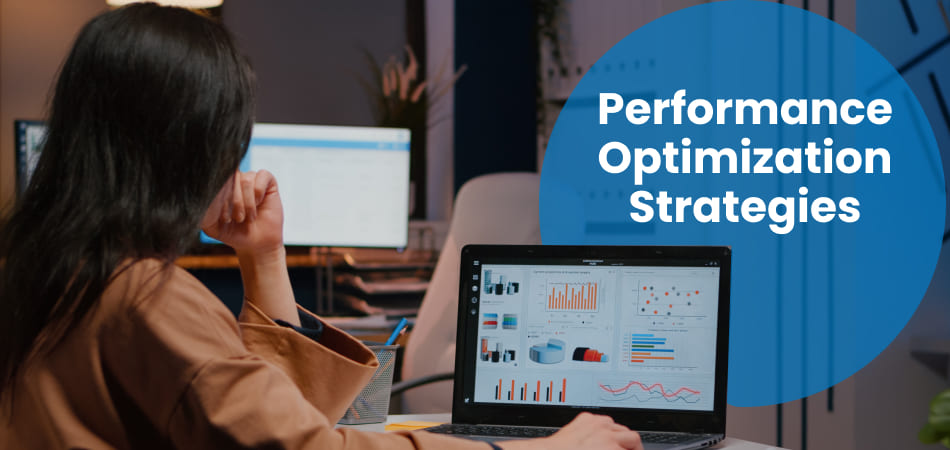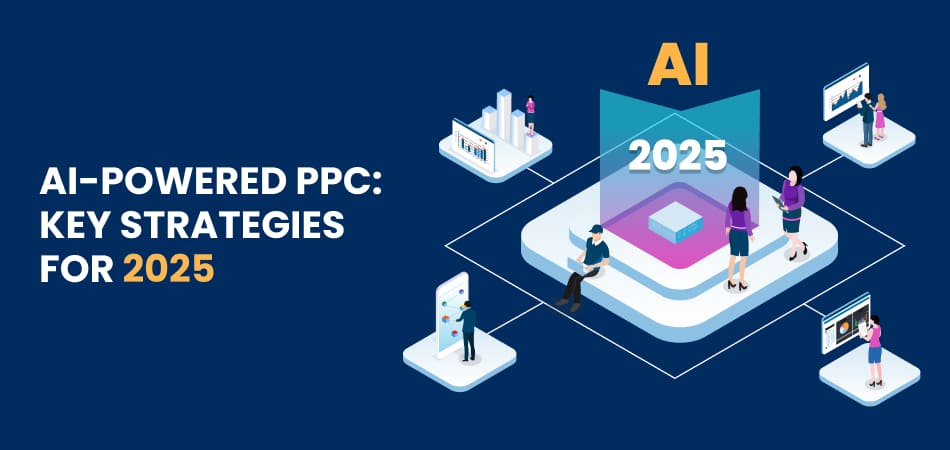Understanding LinkedIn’s Algorithm
LinkedIn’s algorithm is designed to enhance user experience by delivering content that is relevant, engaging, and timely. It evaluates and ranks content based on several key factors:
- Relevance: The algorithm assesses how pertinent the content is to a user’s professional interests, industry, and current engagements. Content that aligns closely with a user’s profile and activity is more likely to appear in their feed.
- Engagement: Posts that receive higher interactions—such as likes, comments, and shares—are prioritized. The algorithm favors content that sparks conversations and keeps users engaged on the platform.
- Timeliness: Recent content is given precedence to ensure users are viewing the most up-to-date information. Regular posting can enhance visibility, as the algorithm rewards fresh content.
- Connection Strength: Content from users with whom one has strong connections (e.g., colleagues, industry peers) is more likely to appear in the feed, fostering a sense of community and relevant discourse.
By tailoring your content to meet these criteria, you can improve its visibility and engagement on LinkedIn.
The Impact of the Algorithm on Ad Performance
LinkedIn’s algorithm doesn’t just influence organic content; it also plays a significant role in the performance of paid advertisements. Here’s how:
1. Ad Relevance and Quality Score
LinkedIn assigns a quality score to ads based on their relevance to the target audience. Ads that resonate well with users are rewarded with better placement and potentially lower costs. Factors influencing this score include:
| Factor | Impact on Ad Performance |
| Targeting Accuracy | Precise targeting lowers CPC and improves ad placement. |
| Engagement Metrics | High CTR (Click-Through Rate) and interactions lead to better visibility. |
| Ad Creatives & Copy | Well-designed ads encourage engagement, leading to higher prioritization. |
2. Engagement Rates
Engagement is a critical metric for ad success. Ads that generate substantial interaction are more likely to be favored by the algorithm, leading to increased impressions. According to data:
- Average CTR: LinkedIn ads have an average CTR ranging between 0.44% and 0.65%, varying by ad format and industry. Sponsored Content typically sees higher CTRs, while Text Ads are lower as per factors.ai.
- Conversion Rates (CVR): The average CVR for LinkedIn ads is between 2.0% and 3.0% as per comletly.
Higher engagement signals to LinkedIn that your ad is valuable, leading to more impressions and better placements.
3. Ad Format Performance
Different ad formats yield varying levels of engagement. Understanding which formats align with your campaign objectives can enhance performance:
- Sponsored Content: These native ads appear directly in the user’s feed and often achieve higher engagement due to their seamless integration.
- Text Ads: Displayed in the sidebar, these are concise and can be effective for driving traffic, though they generally have lower engagement rates.
- Sponsored InMail (Message Ads): Delivered directly to a user’s inbox, these ads boast an average open rate of 50% and a CTR of 12% as per the b2b house.
4. Frequency and Timing
The algorithm considers how often and when you post. Consistency and optimal timing can significantly impact ad visibility:
| Factor | Best Practice |
| Posting Frequency | Posting once per week doubles engagement. |
| Best Time to Post | Tuesday mornings (before 10 AM) and Thursday evenings (after 6 PM) see higher engagement. |
| Content Freshness | Regular updates keep your ad relevant and improve visibility. |
Posting at the right frequency and time ensures your ads reach the right audience when they’re most active.
Strategies to Optimize Ad Performance

To harness the full potential of LinkedIn’s algorithm, consider implementing the following strategies:
1. Precision Targeting
Utilize LinkedIn’s robust targeting options that can reach you to your right audience. You can filter by:
- Job Title and Function: Target specific roles relevant to your offering.
- Industry and Company Size: Focus on sectors and organizations that align with your product or service.
- Geography: Tailor ads to specific regions or countries.
- Interests and Groups: Engage users based on their professional interests and group memberships.
2. Compelling Ad Creatives
Design ads that capture attention and drive action:
- Visual Appeal: Use high-quality images or videos that resonate with your brand and message.
- Clear Messaging: Craft concise, impactful copy that communicates value and includes a strong call-to-action.
3. A/B Testing
Experiment with different ad elements to identify what resonates best with your audience:
- Variations: Test different headlines, images, ad formats, and calls-to-action.
- Metrics Analysis: Monitor performance metrics to determine which variations yield the best results.
4. Budget Management
Allocate your budget strategically to maximize ROI:
- Bid Strategies: Choose between cost-per-click (CPC) or cost-per-impression (CPM) based on your campaign goals.
- Daily and Total Budgets: Set appropriate budgets to control spend and ensure sustained campaign performance.
5. Monitor and Adjust
Regularly review your ad performance and make data-driven adjustments:
- Analytics Tools: Utilize LinkedIn’s Campaign Manager and third-party analytics tools to track key metrics.
- Responsive Optimization: Be prepared to tweak targeting, creatives, and bidding strategies based on performance data.
These benchmarks serve as a reference point. It’s crucial to consider your specific industry, target audience, and campaign objectives when evaluating performance.
Conclusion
LinkedIn’s algorithm plays a pivotal role in determining the success of advertising campaigns. By understanding how it evaluates content relevance, engagement, and targeting precision, advertisers can craft high-performing campaigns that drive real business results.
By leveraging LinkedIn’s advanced ad formats, precise targeting, and quality content strategies, businesses can achieve higher engagement rates, increased conversions, and improved ROI.
As LinkedIn continues to evolve, staying updated on algorithm changes and best practices will be essential for maintaining competitive ad performance.
Final Tip: Regularly analyze performance metrics and adapt strategies based on data insights to ensure continuous improvement in your LinkedIn ad campaigns.



